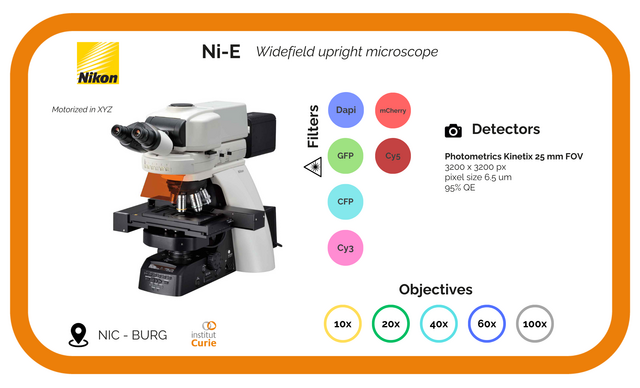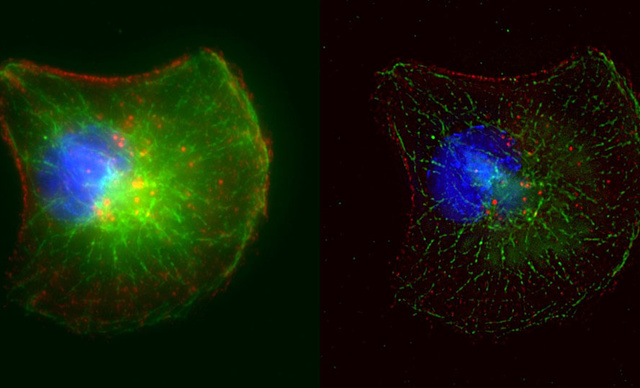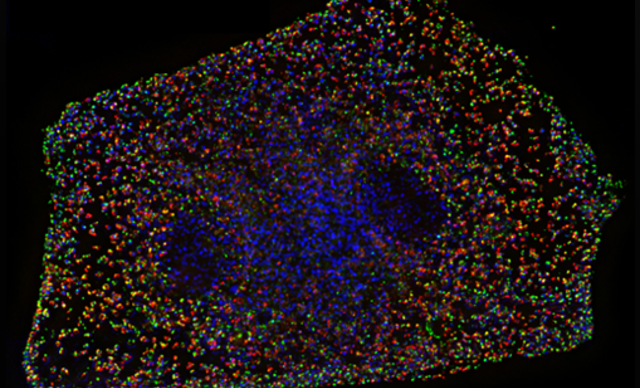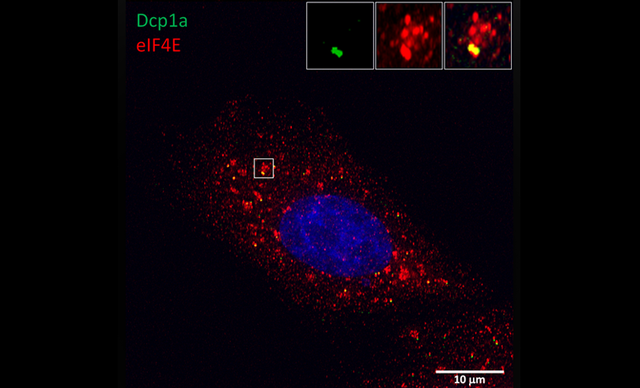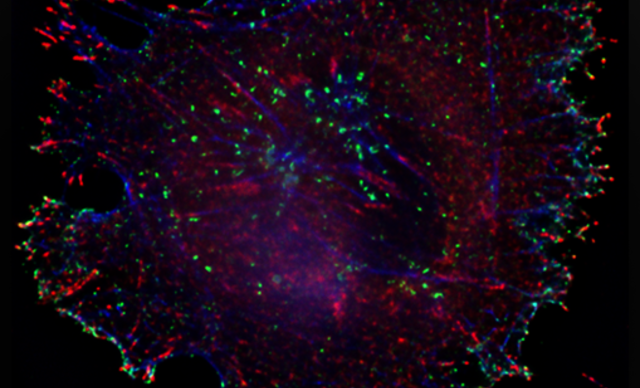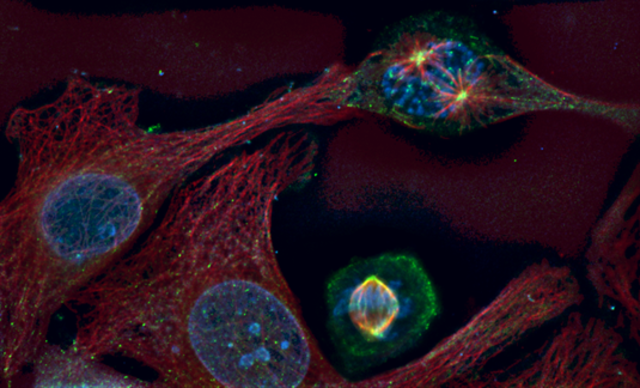NI-E Upright Microscope
This system proposes an upright microscope dedicated for fixed sample on slide. It is equipped with several objectives from 10x to 100x. It allow to do 2D and 3D deconvolution and the capacity to remove the out focus light be deep learning.
